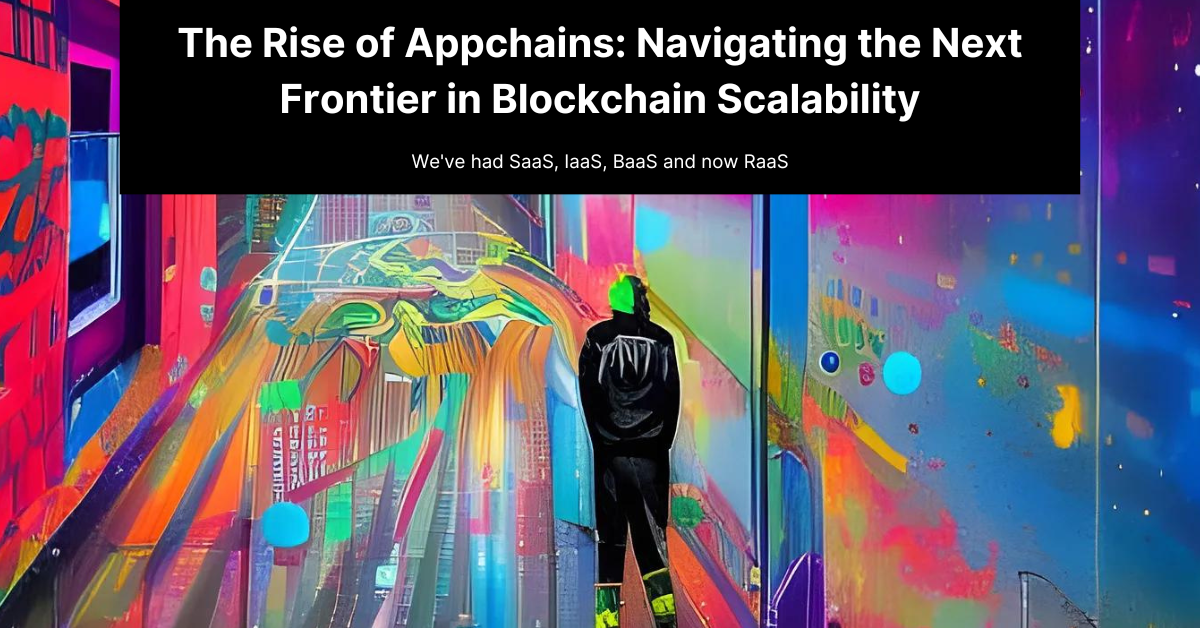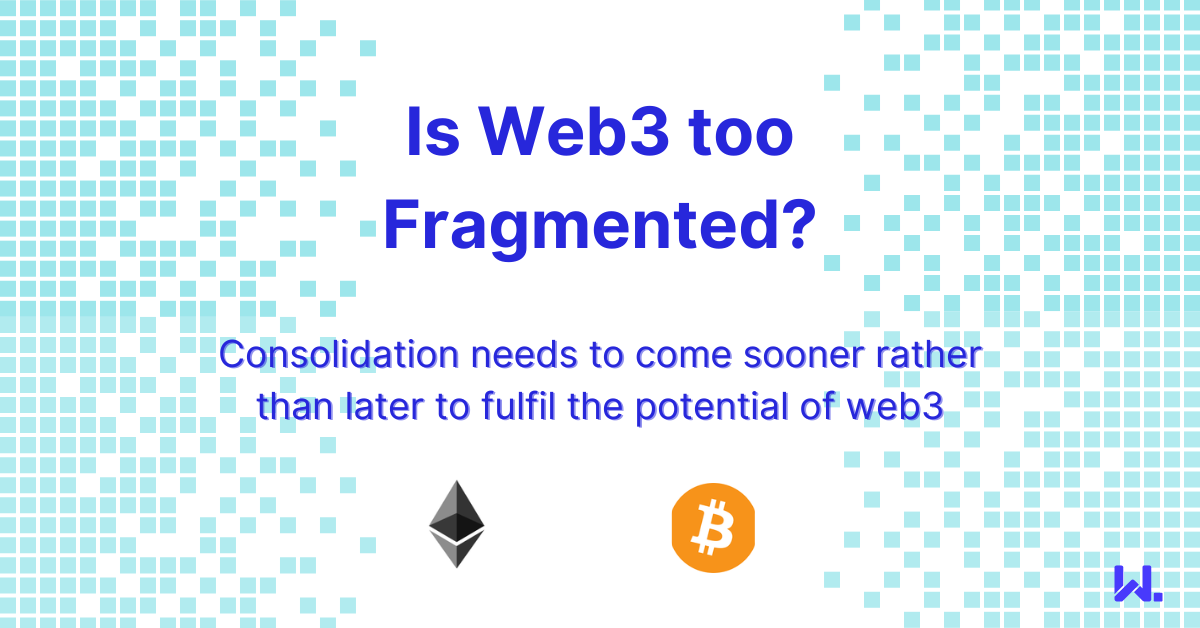The Future of Blockchain Governance
At the end of last year, Ledger Insights highlighted a blog post by the Bank of England on how blockchain networks should be governed if they become key components of our financial system. I believe it’s more a case of when , not if , they become critical financial infrastructure. However, the post raises an interesting point, especially with respect to public permissionless networks such as Ethereum.
What is blockchain governance?
This refers to the set of rules, processes, and decision-making mechanisms that oversee the operation, maintenance, and evolution of a blockchain network. It is the means by which participants in the network reach consensus on changes, upgrades, and rules, all while upholding the core principles of decentralization and transparency. This governance is the backbone of decentralized systems, ensuring that these networks remain secure, transparent, and capable of adapting to changing needs.
However, blockchain governance is not without its challenges and controversies:
- Disagreements: Conflicts can arise among network participants regarding proposed changes, leading to delays or contentious splits (hard forks).
- Concentration of power: Some participants may accumulate a significant number of tokens, leading to a concentration of voting power and potential centralization.
- Malicious actors: Malicious actors can attempt to manipulate governance processes for personal gain or to disrupt the network.
- Complexity: The governance process can be complex, especially in networks with numerous stakeholders and competing interests.
Learning from Linux
Governance is far less of a challenge with permissioned networks , as the approach utilised to permission participants on the network is really a component of its governance structure. There are strict onboarding controls, and given the closed-loop nature of these networks, it’s unlikely that there will be a participant with malicious intent who's willing or able to easily jump through all of the hoops to join the network.
Public, permissionless networks given their widespread availability are more likely to be attacked , given they're available to anyone with an internet connection. At the time of writing we have around $40bn of assets locked on public networks, with the overall crypto market cap hovering at $800bn, but long term as we see the industry evolve, these figures will likely swell into the tens of trillions, if not hundreds of trillions. Therefore having some sort of governance framework that financial regulators and large institutions are comfortable with will be crucial to ensure public blockchain networks can fulfil the demands placed on them by these users.
The Ethereum network and other public networks have been heavily influenced by the governance approaches used by the early internet pioneers such as the Internet Engineering Taskforce (IETF), who described their approach to governance of working groups as using rough consensus and running code .
With this approach, there are no set thresholds that have to be met to agree or approve new standards or changes to protocols. Instead, participants use open forums for discourse, and pragmatism typically prevails , provided there is support within the groups or community and no clear objections to proposals. The notion of running code helped a lot here, as it’s all well and good debating the idiosyncrasies of protocols but having something that can be quickly implemented and demonstrated as working bolsters the process.
This approach hasn't just influenced the development of public blockchain protocols and standards, but also much of the open source movement, where projects rely on contributor contributions in code that fix and enhance projects. When we're considering approaches to the long-term governance of public blockchain networks, it's important to consider how open-source technology and software has evolved to power many of the world’s largest businesses. As it's likely that Ethereum and other networks will follow a similar model.
I've always believed the Ethereum community has parallels with the Linux community of the late 90s and early 00s, and it's interesting to see how Linux evolved to being arguably the most significant OSS in the world. Operating systems and blockchains are different beasts, but what both Linux and Ethereum have in common is they redefined technology landscapes and this was due to the passionate communities behind them.
In the early days of Linux, it was simply a hobby project, built by Linus Torvalds whilst he was a graduate student at the University of Helsinki. It took years for it to evolve into the fully featured operation system it is now. But as it started to be taken seriously in the industry, we saw companies start to contribute significantly to it. With the 6.0 release of the Linux Kernel last year, Intel and Google were the most significant contributors to it, but we also see significant contributions from other big tech firms including Meta, IBM and Oracle.
Authors note — LWN.net is an awesome site for keeping up with developments in Linux, it's been running for over 25 years! Linux is powering millions of devices that these organisations sell, in addition to powering significant parts of their infrastructure, so it’s of no real surprise that they are heavily invested in this project (it is interesting that Amazon isn't in the top 10 however, given how many Linux servers run in their cloud).
Seeing the trajectory of Linux from its humble beginnings in 1991 through to its huge growth during the 00s when it started powering significant portions of internet infrastructure to where it is now is mind-blowing ( source):
- In 2021, the lines of code to the Linux Git repository reached 27.8 million.
- In 2022, all of the world’s top 500 supercomputers run on Linux.
- All of the top 25 websites in the world are using Linux.
- 96.3% of the world’s top one million servers run on Linux.
- 90% of all cloud infrastructure operates on Linux.
In the early days of Linux, companies would have had their doubts about the safety of going with this open-source Unix operating system that anyone could contribute to. They were happy to pay Sun Microsystems, HP or IBM for their proprietary Unix platforms which came with support contracts and hefty price tags that gave those organisations peace of mind. But what these proprietary operating systems could not compete with was the free software movement, and we saw free software not only destroy the market for licensed operating systems, but also everything else, including productivity tools, databases, web servers and programming languages. 'It ate the world', as Marc Andresson described in his influential essay .
Although public blockchain networks are a different paradigm — they are not just open source projects, but also real live networks, there is an inevitability that as they become more entrenched in our everyday lives, more and more companies will start to contribute to their development. At the current time, it's mainly web3 companies such as ConsenSys and the various teams who wrote the client node software for these networks. But as more banks, exchanges and infrastructure providers start to rely on them, they will start to invest more heavily in them.
Like when we look back at the 30-plus years of Linux, I'm sure by the time we're in the 2040s if not sooner, we'll see similar dominance by corporates as the significant contributors to Ethereum and other public blockchain networks. Such a future really doesn't seem that different from what we have now, after all, core internet services such as the Domain Name System are already widely used decentralised public internet services. It doesn't use a blockchain, but it's open-source software that is publicly available and runs on the internet.
Regulation does still have a part to play in the governance of blockchain networks. After all, if a bank is to do anything with customer funds that touch public networks even if it's in a completely secure manner, there will need to be regulation that allows them to do this. This will take time to become established. However, if you want to consider what the likely end state of governance for public blockchain networks looks like, I do encourage you to consider what happened to Linux.



